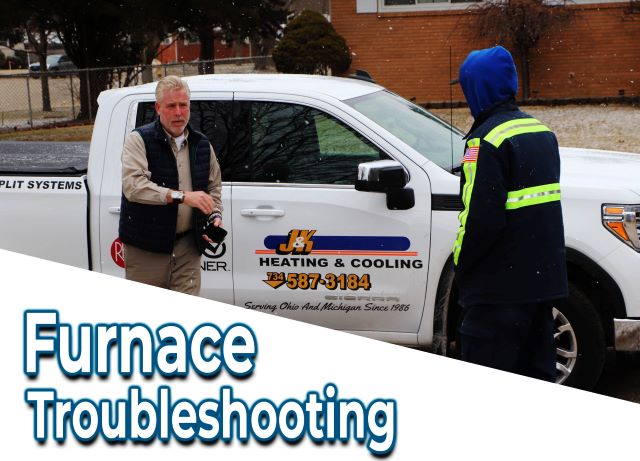Experts advise households to have basic furnace troubleshooting knowledge. When the chilly months arrive, they will be useful. Although most furnaces are well-built, they are not impervious to damage. The security and comfort of the home are affected when age and wear-and-tear effects start to appear.
Furnace Troubleshooting Guide for Every Homeowner
Although most furnace problems are not do-it-yourself projects, you may examine your heating system using certain furnace troubleshooting techniques. Homeowners can use the following advice to keep their homes secure and comfortable.
- Cleanliness of the Furnace Filter
One of the problems to anticipate with forced-air furnaces is an occasional filthy air filter. The filter controls the number of particulates in the air that the unit circulates in the house. As a result, the air filters guarantee that the air in the house is pure for everyone to breathe. Over time, the filters gather dust and debris, becoming clogged and less effective in purifying the air. If the filters are unclean, the solution is to clean or replace them.
To solve the problem, once a month, check the filters and clean or replace them as necessary. Your HVAC filter replacement schedule will vary depending on various factors because every home is unique.
- Ineffective Thermostat
If the thermostat for the furnace does not operate as intended, it may be broken or malfunctioning. Since this problem can be easily troubleshot, fixing it should be affordable. However, the costs could go substantially if you need to upgrade or replace the thermostat. The thermostat may occasionally not show a temperature reading if it is not getting power.
Please turn off the furnace and leave it off for a few seconds to reset the thermostat when troubleshooting.
Replace the dead batteries with fresh ones if the thermostat is battery-operated.
Call an HVAC company to come and inspect your unit if following these instructions still needs to solve the problem.
Cold Air from the Furnace
Your furnace may blow chilly air for a variety of reasons. There might be a need to adjust the temperature setting. The pilot control is broken, the filter is blocked, or the circuit breaker has tripped. On the other hand, the unit’s low capacity due to its inability to adequately heat your home could be the reason for the issue.
To ensure the heater is the right size for your house, measure it. You can ask a contractor who installs and maintains HVAC systems for assistance.
If your unit is too tiny to service your home, make plans for an upgrade.
Verify the electricity, the air filter is clean or replaced, the pilot control, and the thermostat temperature setting is accurate.
Furnace Cycles Frequently
Your heating system cycles briefly or regularly when it frequently turns on and off. The unit will be active in brief, continuous bursts that may go unnoticed, especially if heat is being dispersed. However, this is a symptom of a bigger issue. One brought on by the furnace needs to be bigger to heat the house adequately, with unclean air filters, inaccurate temperature readings, and the unit overheating.
Examine the thermostat to ensure it is in good condition and set it to the appropriate temperature. The thermostat may be impacted by direct heat from the stove, the sun, or another heat source, resulting in inaccurate temperature readings. To check for damage to the furnace, contact an HVAC expert. They can provide the best fixes and workable solutions.
Conclusion
Furnace troubleshooting your heating and cooling devices is the best for restoring faulty systems. However, if you cannot handle the process hire a professional HVAC technician to fix the fault for you.

As the editor of the blog, She curate insightful content that sparks curiosity and fosters learning. With a passion for storytelling and a keen eye for detail, she strive to bring diverse perspectives and engaging narratives to readers, ensuring every piece informs, inspires, and enriches.










